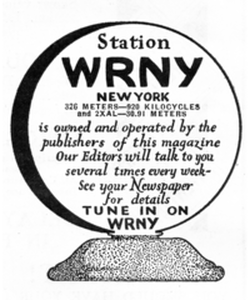
By the late 1920s Raymond Ditmars was a frequent guest on that cutting edge new form of broadcast media: the radio.
Eighty-seven years ago this week, the Bronx Zoo's curator of reptiles and mammals could be listened to on WRNY's “Home Science University” hour. According to the February 26, 1928, edition of the New York Times, ‘Dr. Ditmars is an authority on reptiles and is much at home with a diamond back rattlesnake as the average radio fan is with a loudspeaker.’
Eighty-seven years ago this week, the Bronx Zoo's curator of reptiles and mammals could be listened to on WRNY's “Home Science University” hour. According to the February 26, 1928, edition of the New York Times, ‘Dr. Ditmars is an authority on reptiles and is much at home with a diamond back rattlesnake as the average radio fan is with a loudspeaker.’
A month before, Ditmars and M. Georges Chappelle, ‘reptilian authority of Paris’ spoke at a dinner at the stately Brevoort Hotel on Fifth Avenue, New York City. Two rattlesnakes (Peter and Albertina) were also brought along and their rattling - as well as the speeches – were broadcast on the WABC radio station. According to the Times, Chappelle ‘made a little talk on the value of snake skins as commercial goods’.
Seven months after Ditmars's slot on WRNY the station became one of the first to launch regularly scheduled experimental television broadcasts.
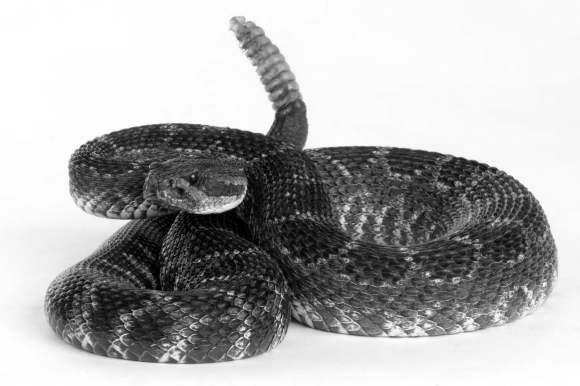
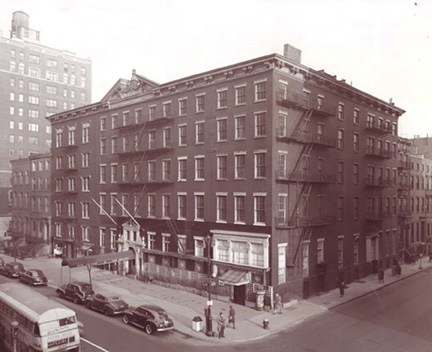
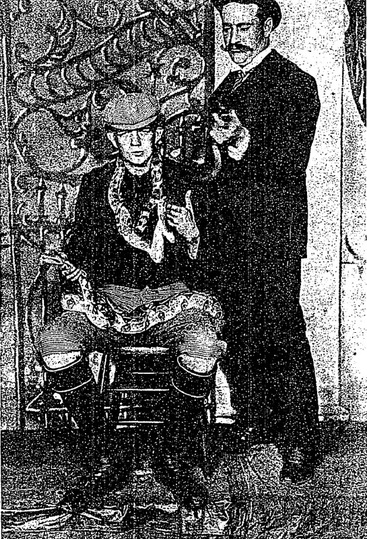
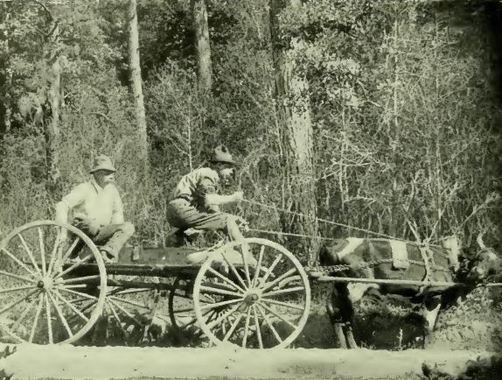
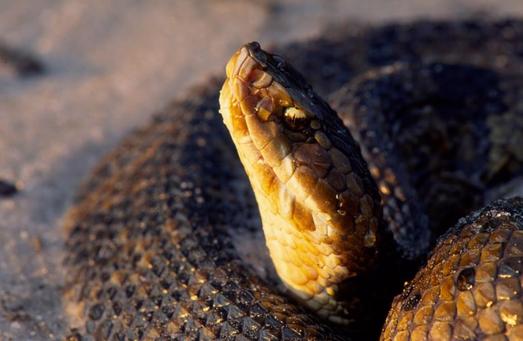


 RSS Feed
RSS Feed